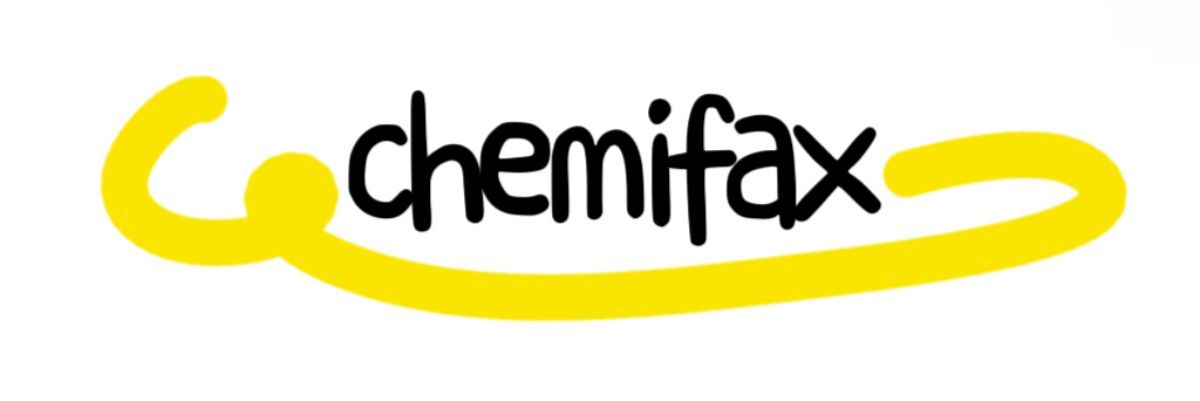What to Know About OEM Guide Wires?
Aug. 20, 2025
For healthcare professionals, choosing the right guide wire can significantly affect the outcomes of minimally invasive procedures. With a myriad of options available in the market, understanding the nuances of OEM guide wires is crucial for successful interventions.
If you want to learn more, please visit our website OEM Guide Wire.
Understanding Guide Wires
Guide wires serve as essential tools in various medical procedures, primarily angioplasty and catheter placements. They provide the necessary support and pathway for the catheter or other devices to reach the target area with precision. However, not all guide wires are created equal, and the selection of an OEM guide wire can directly impact the efficiency and safety of medical procedures.
Key Considerations When Choosing OEM Guide Wires
When selecting OEM guide wires, you need to consider several factors:
- Material: Guide wires are typically made from stainless steel or nitinol. Stainless steel offers rigidity, while nitinol provides flexibility, which can be crucial depending on the anatomical challenges faced during procedures.
- Size and Diameter: The diameter and length of the guide wire should align with the specific procedure requirements. A wire that is either too thick or too thin can complicate the procedure, making it vital to choose the correct specifications.
- Coating: Some OEM guide wires come with specialized coatings that reduce friction and enhance maneuverability. This can facilitate smoother navigation through blood vessels, particularly in tortuous pathways.
- Tip Design: The tip of the guide wire can significantly influence its performance. Options like angled or rounded tips are designed for specific uses, helping to reduce trauma to the vessel wall.
Common Challenges Faced by End Users
Understanding the typical challenges faced when using OEM guide wires can help users make informed decisions and enhance procedural outcomes:
1. Kinking and Fracture
One of the most common issues with guide wires is kinking or fracturing during use. This often occurs due to improper handling or inadequate flexibility for specific anatomical pathways. To avoid these issues, it’s crucial to select a wire with appropriate flexibility and strength for the procedure at hand.
2. Improper Navigation
Guiding a catheter through complex vessels can be challenging. An inappropriate guide wire may lead to difficulty navigating through the vessel path, increasing the risk of complications. Thus, choosing a wire that is compatible with the specific vascular anatomy can minimize these risks, enhancing navigation and safety.
3. Difficulty in Catheter Placement
If a guide wire is not compatible with the catheter being used, it may lead to difficulties in placement. This can prolong the procedure and increase patient discomfort. Therefore, ensuring compatibility between the OEM guide wire and the catheter is paramount.
Improving Outcomes with OEM Guide Wires
The right OEM guide wire can lead to increased success rates and improved patient outcomes. Here are some tips to enhance performance:
1. Collaborate with OEM Manufacturers
Working closely with OEM manufacturers can provide insights into the best guide wire options for specific procedures. Their expertise can help in selecting a device that meets unique clinical needs and challenges.
2. Training and Best Practices
Healthcare professionals should undergo training to ensure they are adept at using guide wires effectively. Understanding the handling and maneuvering techniques can minimize complications and enhance overall performance during procedures.
3. Regular Updates and Research
Stay informed about the latest advancements and innovations in guide wire technology. OEM manufacturers often release updated products that may offer improved designs and features tailored to current clinical demands.
In conclusion, OEM guide wires are crucial in ensuring the success of minimally invasive procedures. By understanding their characteristics, addressing common challenges, and opting for the right models, medical professionals can significantly improve patient outcomes and procedural efficiency.
Want more information on types of ptca guide wire? Feel free to contact us.
109
0
0
Next: None


Comments
All Comments (0)